Which Camera To Buy ?
The best camera to buy depends on your specific needs and preferences. Some popular options include DSLR cameras, mirrorless cameras, and point-and-shoot cameras. Consider factors such as image quality, size and weight, lens options, shooting modes, and budget when making your decision. It may be helpful to read reviews and compare different models before making a purchase.
1、 Resolution and image quality
When it comes to choosing a camera, resolution and image quality are two crucial factors to consider. The resolution refers to the number of pixels in an image, while image quality encompasses various aspects such as sharpness, color accuracy, and dynamic range.
In terms of resolution, higher is generally better as it allows for more detail in your photos. Currently, the market offers cameras with resolutions ranging from 12 to 50+ megapixels. However, it's important to note that a higher resolution doesn't always guarantee better image quality. Other factors like sensor size, lens quality, and image processing algorithms also play a significant role.
In terms of image quality, it's essential to look for a camera that produces sharp and vibrant images with accurate colors. Many cameras now come with advanced image processors and sensors that excel in low-light conditions, reducing noise and improving overall image quality. Additionally, features like image stabilization can help minimize blur caused by camera shake.
It's worth mentioning that the latest point of view in the photography community is that while resolution is important, it's not the sole determinant of image quality. Factors like lens quality, sensor size, and image processing capabilities are equally crucial. Therefore, it's advisable to consider a camera that strikes a balance between resolution and overall image quality.
Ultimately, the best camera for you will depend on your specific needs and budget. It's recommended to research and compare different camera models, read reviews, and even try them out in person if possible. This will help you make an informed decision and find a camera that meets your requirements for resolution and image quality.
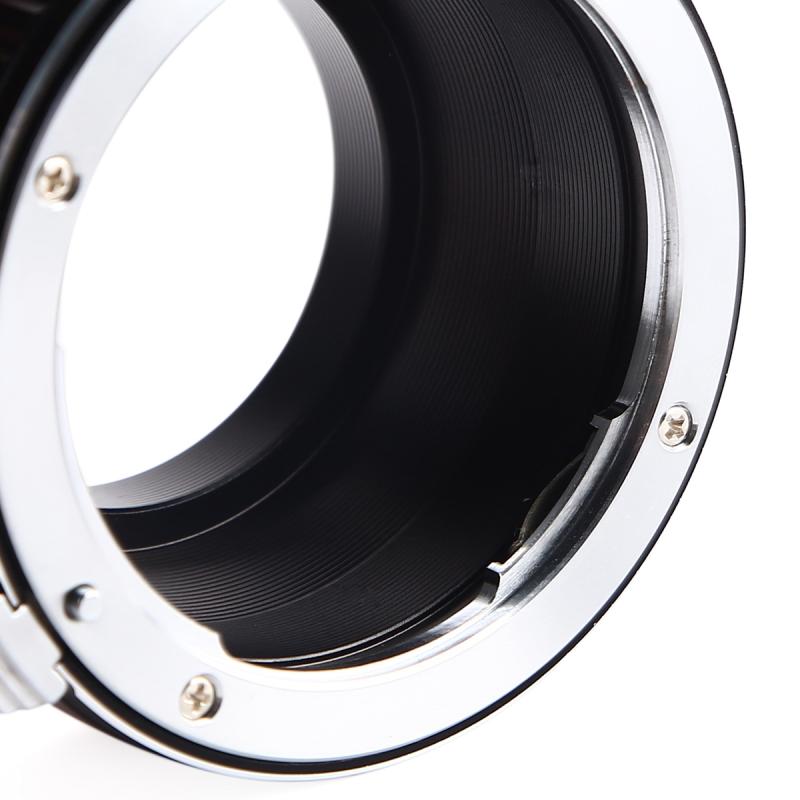
2、 Lens options and compatibility
Lens options and compatibility are crucial factors to consider when deciding which camera to buy. The lens you choose can greatly impact the quality and versatility of your photography.
When it comes to lens options, there are a wide variety available on the market. Different lenses are designed for specific purposes, such as portrait photography, landscape photography, or sports photography. It's important to determine your photography needs and preferences before making a decision.
Compatibility is another important aspect to consider. Not all lenses are compatible with all camera bodies. Different camera manufacturers have their own lens mounts, so it's essential to ensure that the lens you choose is compatible with the camera you plan to purchase. Additionally, some lenses are designed specifically for full-frame cameras, while others are made for crop sensor cameras. Understanding the compatibility between your camera body and lens is crucial to achieving optimal performance and image quality.
In terms of the latest point of view, mirrorless cameras have gained significant popularity in recent years. These cameras offer a more compact and lightweight design compared to traditional DSLRs, and they often come with a wide range of lens options. Mirrorless cameras also tend to have excellent compatibility with various lens mounts through the use of adapters. This allows photographers to use lenses from different manufacturers, expanding their options even further.
Ultimately, the choice of which camera to buy and the lens options and compatibility will depend on your specific needs, budget, and preferences. It's recommended to do thorough research, read reviews, and even try out different lenses before making a final decision.
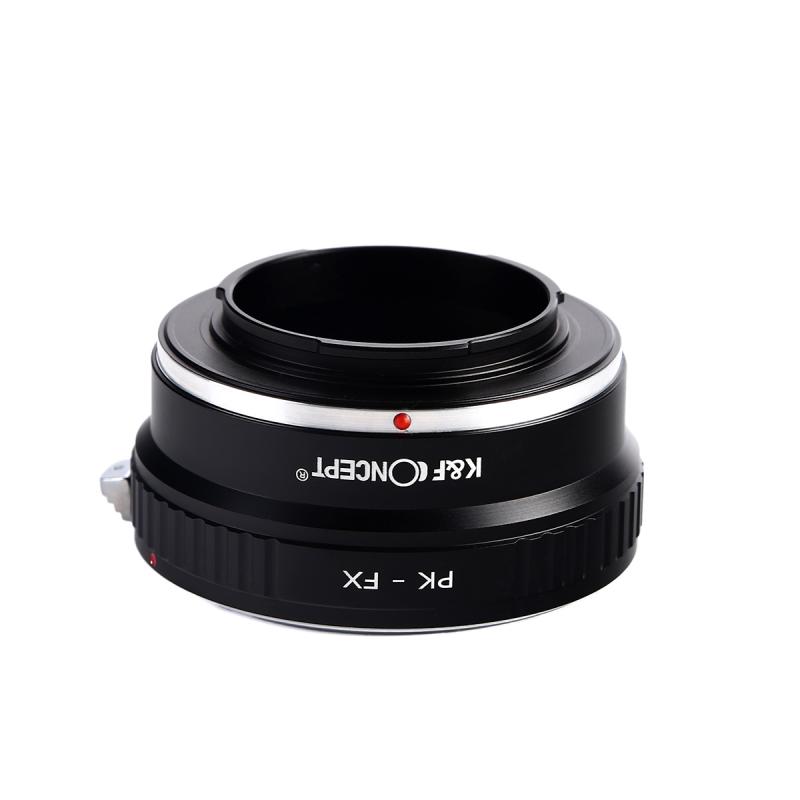
3、 Sensor size and low-light performance
When it comes to choosing a camera, two important factors to consider are sensor size and low-light performance. These aspects play a crucial role in determining the image quality and versatility of a camera, especially in challenging lighting conditions.
Sensor size refers to the physical dimensions of the image sensor within the camera. Generally, larger sensors tend to capture more light, resulting in better image quality, dynamic range, and low-light performance. Full-frame sensors, which are equivalent in size to traditional 35mm film, are known for their exceptional low-light capabilities and superior image quality. However, they are typically found in professional-grade cameras and can be quite expensive.
On the other hand, crop-sensor cameras have smaller sensors and are more affordable. While they may not perform as well in low-light situations as full-frame cameras, advancements in technology have significantly improved their low-light capabilities in recent years. Many crop-sensor cameras now offer impressive ISO performance and noise reduction algorithms, making them a viable option for photographers on a budget or those who don't require the absolute best low-light performance.
It's worth noting that the latest advancements in sensor technology have led to significant improvements in low-light performance across the board. Even smaller sensors found in compact cameras or smartphones can produce impressive results in challenging lighting conditions.
Ultimately, the choice of camera depends on your specific needs, budget, and intended use. If low-light photography is a priority and you have the budget, a full-frame camera would be the ideal choice. However, if you're on a budget or don't require the absolute best low-light performance, a crop-sensor camera or even a high-quality smartphone camera can still deliver excellent results in most situations.
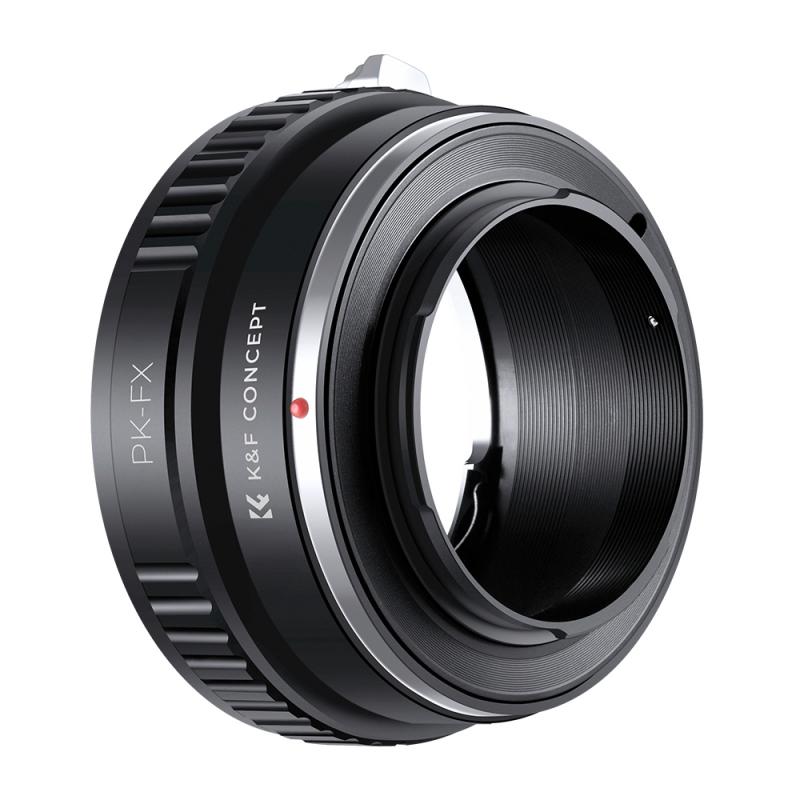
4、 Autofocus system and speed
When it comes to choosing a camera based on autofocus system and speed, there are several factors to consider. The autofocus system is crucial for capturing sharp and accurate images, especially in fast-paced situations. The speed of the autofocus system determines how quickly the camera can lock onto a subject and adjust focus.
Currently, there are several camera brands that excel in autofocus technology. Canon and Nikon have long been known for their reliable and fast autofocus systems. Sony, on the other hand, has made significant advancements in recent years with their mirrorless cameras, offering incredibly fast and accurate autofocus capabilities.
In terms of speed, the number of autofocus points is an important consideration. More autofocus points allow for better tracking of moving subjects, ensuring that the camera can maintain focus even when the subject is in motion. Additionally, the speed of the camera's processor plays a role in how quickly it can process autofocus calculations and adjust focus accordingly.
It is worth noting that the latest camera models often come with improved autofocus systems and faster processing speeds. Manufacturers are constantly pushing the boundaries of autofocus technology, introducing features like eye-tracking autofocus and artificial intelligence algorithms to enhance accuracy and speed.
Ultimately, the best camera for autofocus system and speed will depend on your specific needs and budget. It is recommended to research and compare different camera models, read reviews, and even try them out in person if possible. This will help you make an informed decision and choose a camera that meets your requirements for autofocus performance and speed.
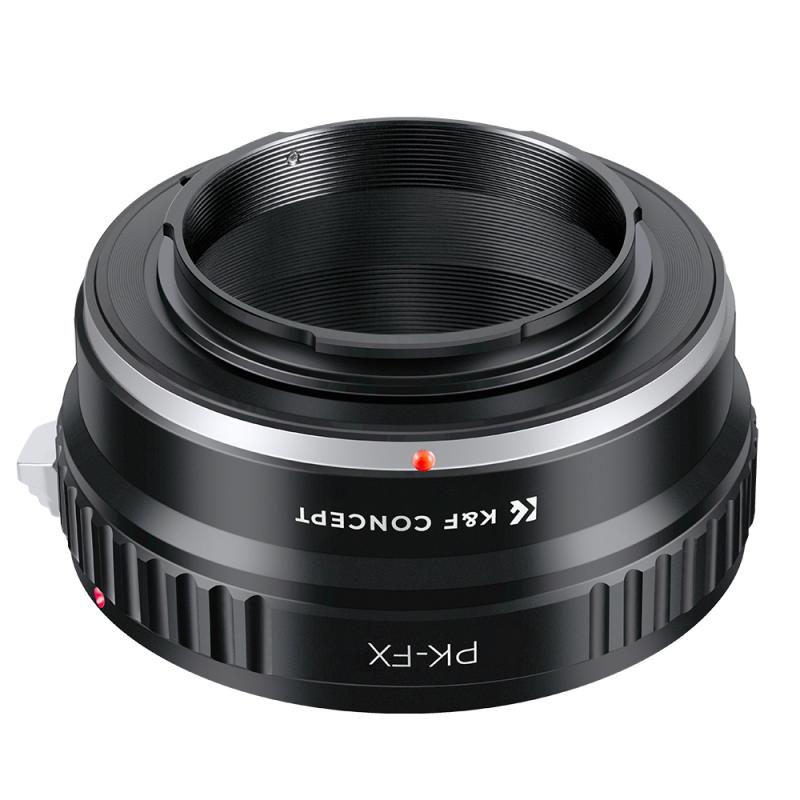

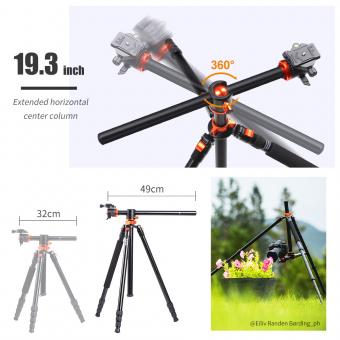
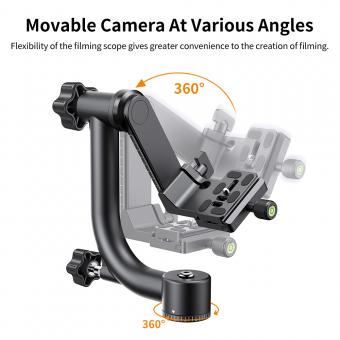

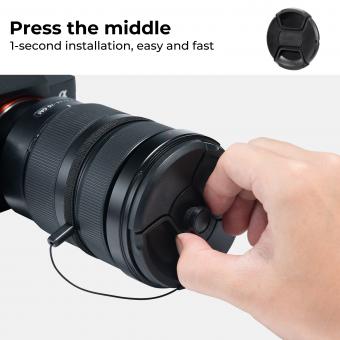








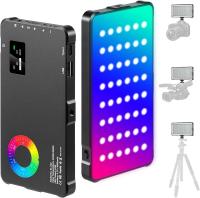


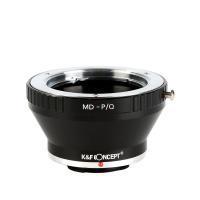
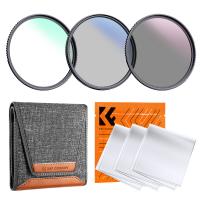



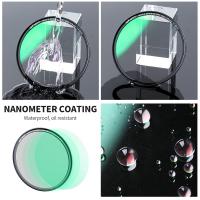
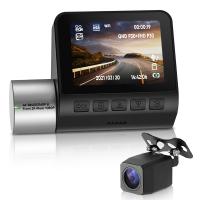

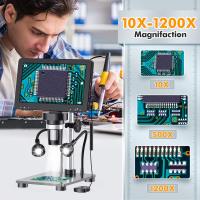
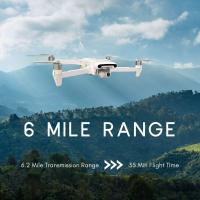
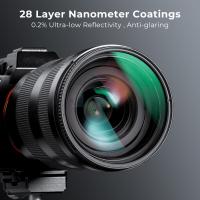

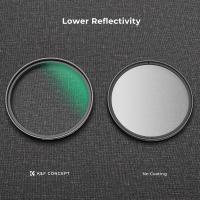
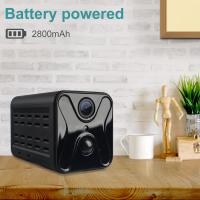
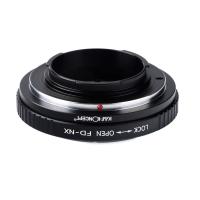
There are no comments for this blog.